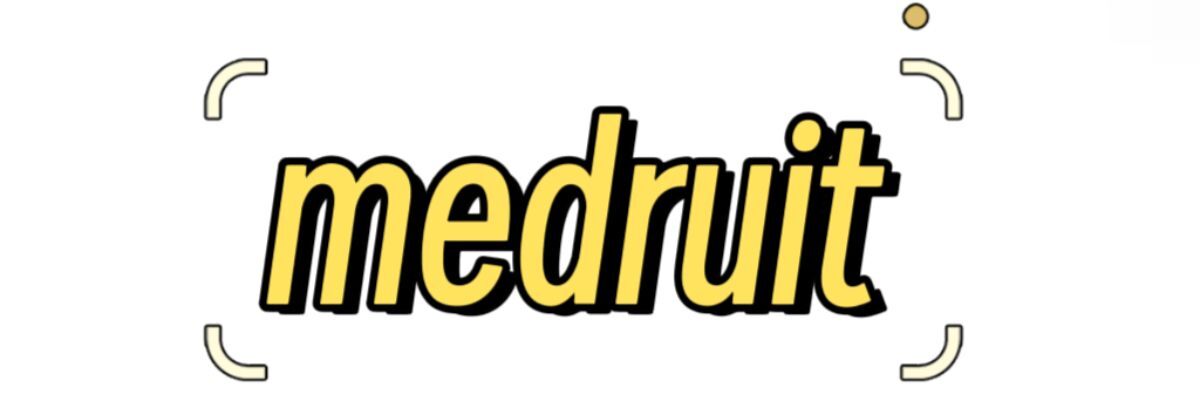What Are the Types of Prosthetics?
Prosthetics are designed to function and sometimes look like natural arms, legs, hands, and feet. Today's prosthetic options are lightweight, comfortable, and technologically advanced, offering a wide range of motion. To understand the impact of these devices, think of Paralympian athletes and their incredible achievements. In this article, we will explore the different types of prosthetics and their capabilities.
What Is a Prosthesis?
The National Library of Medicine describes a prosthesis as “a device designed to replace a missing body part or to make a part of the body work better. Missing limbs and joints are commonly replaced by prosthetic devices.” There are many types of prosthetic devices to help people regain mobility, falling into four main categories:
Transradial Prosthetics: For below-the-elbow amputations.
Transhumeral Prosthetics: For above-the-elbow amputations.
Transtibial Prosthetics: For below-the-knee amputations.
Transfemoral Prosthetics: For above-the-knee amputations.
Each category serves a different function depending on the missing body part.

Prosthesis vs. Prosthetic
While they sound similar, prosthesis and prosthetic are not the same. "Prosthetics" refers to the field of research and expertise in designing and building artificial limbs. It can also be used as an adjective, such as in "prosthetic limbs." On the other hand, a "prosthesis" is an artificial device built to replace a missing body part. The plural of prosthesis is prostheses. Additionally, a prosthetist is a specialist who develops prostheses and helps patients who need these artificial devices.
How Do Prosthetics Work?
Today's prosthetics offer amputees a variety of choices in function and purpose. Upper extremity amputees may use a passive prosthetic, which provides a natural appearance with limited function, or one of the three powered types:
Body Powered: Controlled by body movements. For instance, a cable may run from the shoulder to the prosthetic hand, activating it as the shoulder moves.
Motor Powered: Features buttons to control movement. A prosthetic hand might have buttons to move the wrist and fingers.
Myoelectric Powered: Uses electrical signals sent via electrodes on the skin to power the prosthetic limb.
Artificial limbs attach to the amputee's residual limb by belts, cuffs, or suction. Either the residual limb fits directly into a socket on the prosthetic, or a liner is used that is fixed to the socket by vacuum or a pin lock.
Benefits of Prosthetics
Modern prosthetics improve quality of life by providing the mobility needed for daily activities. Lower extremity prosthetics allow people to walk, run, and play sports. Increased movement leads to greater independence, confidence, and a fuller life without feeling socially anxious or burdened by physical challenges.
Selection Factors for Prosthetics
Selecting the right prosthetic depends on several factors:
Life aspirations
The amputated body part
The location of the body part
The extent of the surgery
The condition of the residual body part
A prosthetist can create an artificial limb tailored to various activities and goals.
Types of Prosthetics
Prosthetics available today are lighter, stronger, and easier to control than before. Proper fitting is crucial as it affects mobility and comfort. A prosthetist will discuss the type of prosthetic needed and the best attachment method.
Arm Prosthetics:
Transradial: Attaches below the elbow, available in passive, body-powered, and myoelectric types.
Transhumeral: Replaces an arm above the elbow, offering passive, body-powered, external-powered, and hybrid options.
Leg Prosthetics:
Transtibial: Replaces the limb below the knee, retaining knee use.
Transfemoral: Includes a knee joint mechanism for upper leg prosthesis, critical for sitting, standing, and balancing.
Other Prosthetic Types:
Silicone Arms, Hands, and Fingers: Highly natural appearance, suspended by suction.
Exoskeleton and Endoskeleton Prostheses: Exoskeletons provide structural strength; endoskeletons offer more customization.
Prosthetic Knees: Mechanical and computerized options for varied movement needs.
Conclusion
Modern advancements in prosthetics have dramatically improved range of motion and comfort. While there is no one-size-fits-all solution, discussing your lifestyle and goals with a prosthetist ensures the best possible outcome. Embrace the possibilities that prosthetics offer for a more active and independent life.
Shijiazhuang Wonderful Rehabilitation Device Technology Co., Ltd., a prominent Lower Limb Prosthesis Exporter, is located in Tianshan Wanchuang Industrial Park, Luancheng District, Shijiazhuang City, Hebei, China, Convenient transportation and beautiful environment, only 20 minutes drive to Shijiazhuang Railway Station and 45 minutes to Shijiazhuang Airport.

